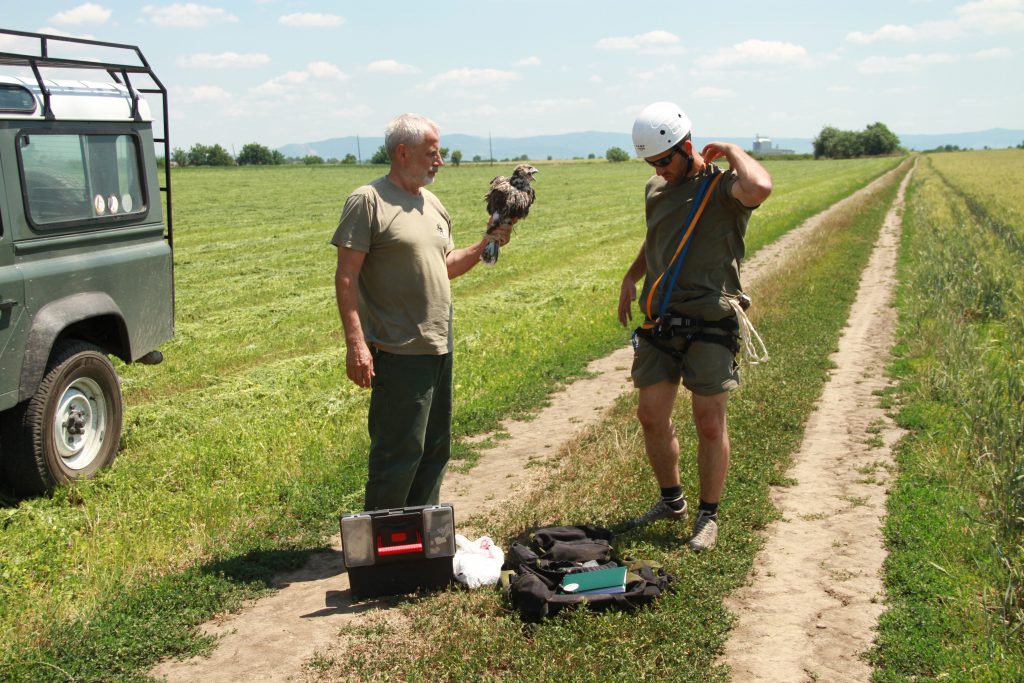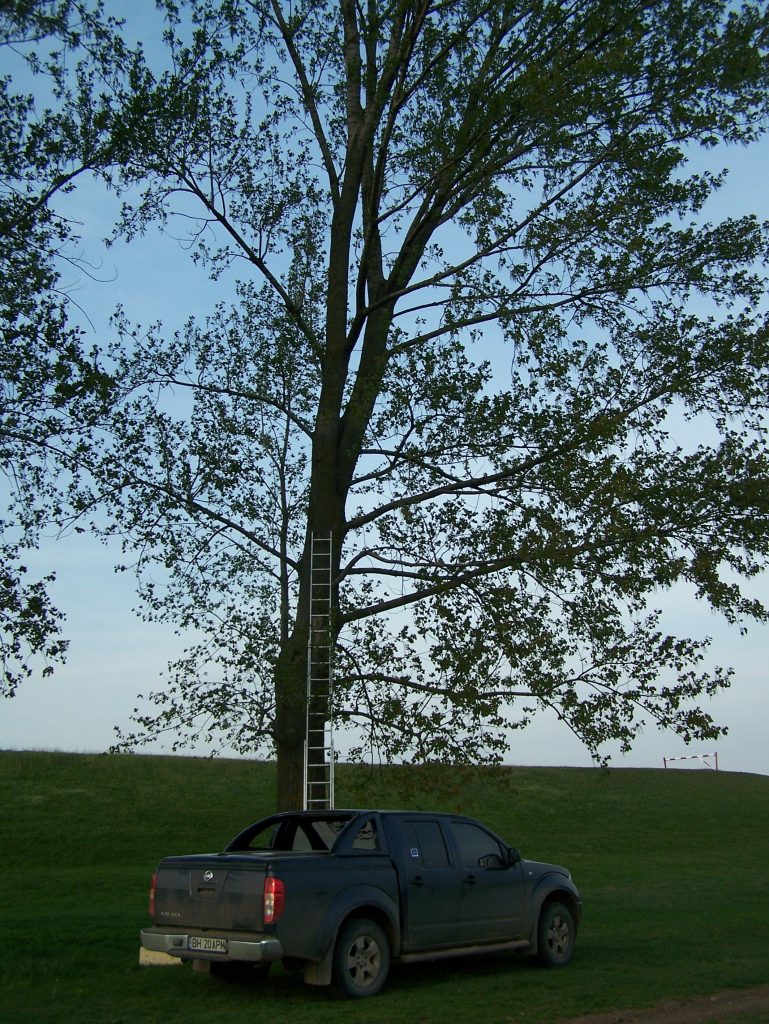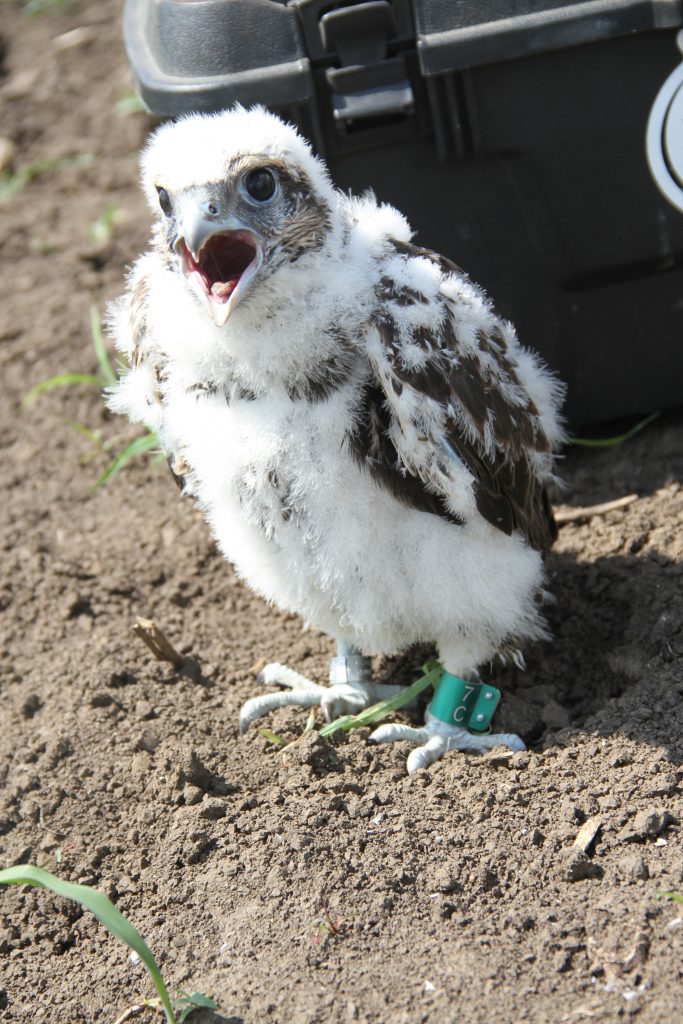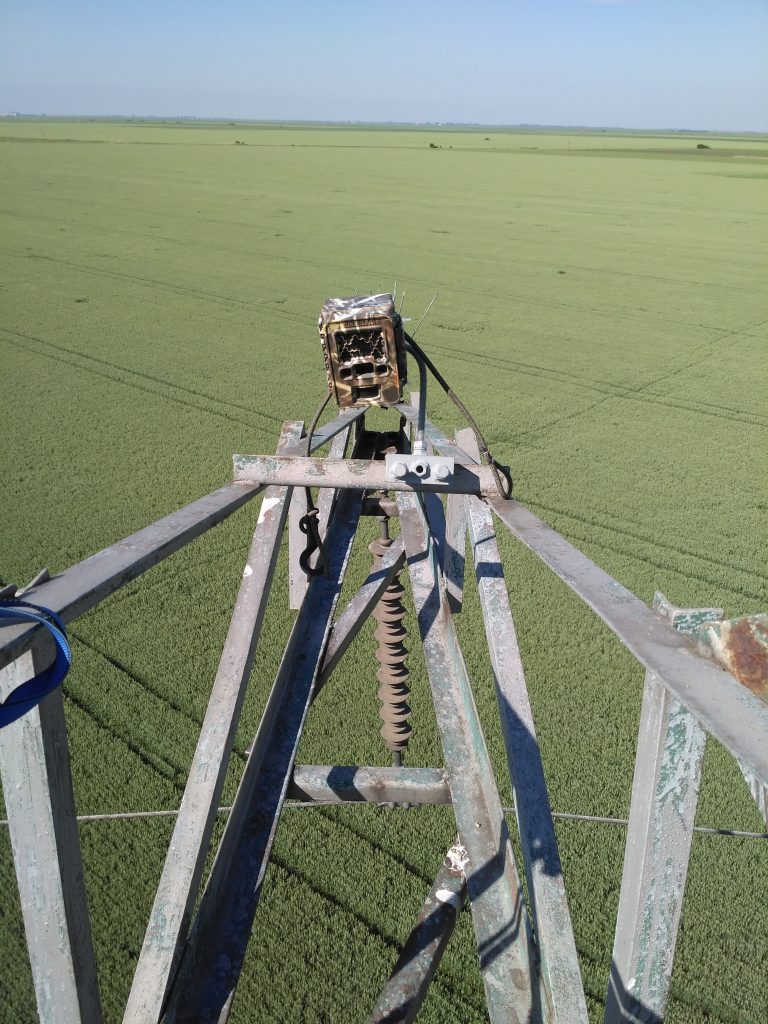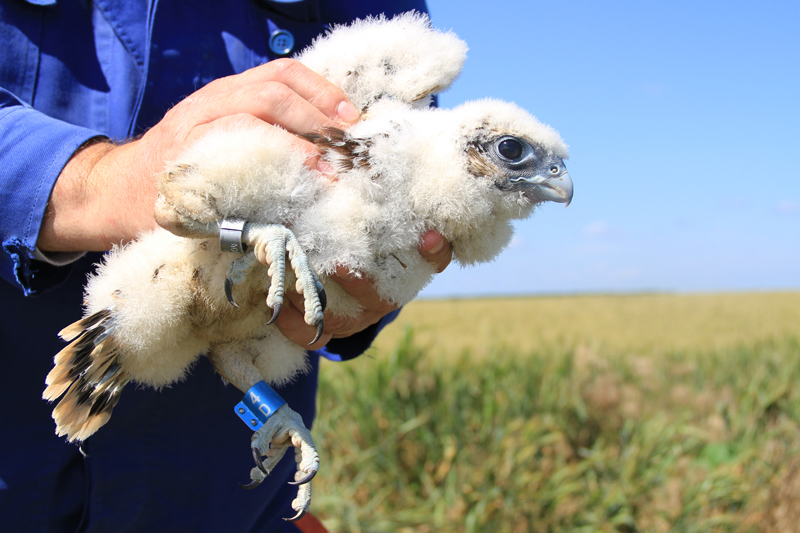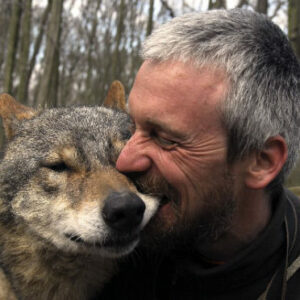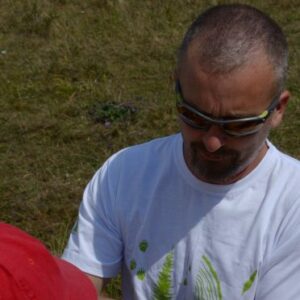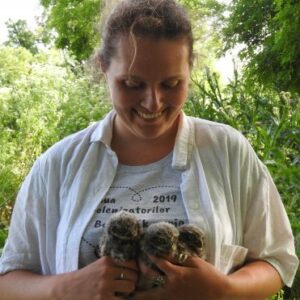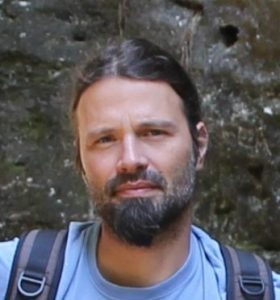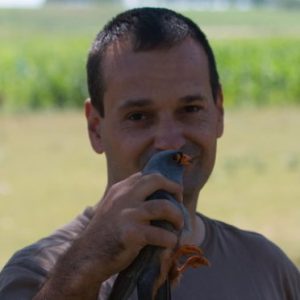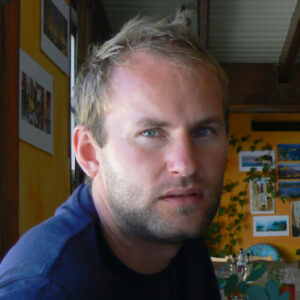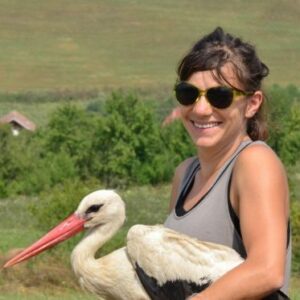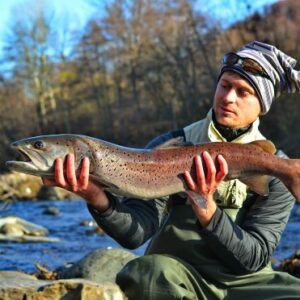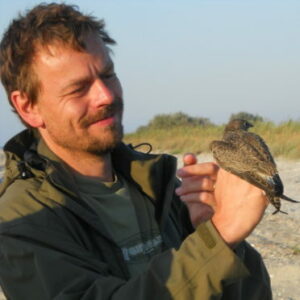The Saker Falcon (Falco cherrug) is a bird of prey threatened with extinction and strictly protected. About 100 years ago, the species was present all across Romania – except for the Carpathian Mountains. But in the early 2000s, the number of breeding pairs dropped dramatically and only a few pairs were known. The Saker Falcon usually feeds on small mammals who live on grasslands and arable land. Its favourite food is the European Ground Squirrel, but it can be seen quite often stealing prey (field mice) from other raptors, like falcons, harriers.
Occasionally, in periods with limited food resources, the Saker Falcon’s menu may also include small or medium-sized birds, such as birds that regularly group in large flocks: starlings, pigeons, corvids. Like other falcons, it doesn’t build its own nest and occupies the abandoned nests of other raptors or corvids. We have recently discovered that it may also take up artificial nests mounted on high-voltage electric pillars. The distribution area of the Saker Falcon covers the wooded plains from Central Europe to China. Unlike the populations in Central Europe, the world’s population is in a continuous decline, therefore it can be asserted that the species is endangered in almost its entire area of distribution. As for its numbers in Central Europe, and particularly those in Hungary, show a progressive increase as a result of several decades of conservation work. Having this example, Milvus Group Association joined these international collective efforts. An international project, carried out between 2009-2013 in four countries, managed to save the Saker Falcon population in Romania, which until then was threatened with extinction.
As a result of placing artificial nests, in 2016 we recorded 14 pairs in Banat and Crișana who had a nine times higher number of chicks, compared to the numbers of chicks in 2011, when only two pairs were known. Just as the population grew, so did our responsibility – a bigger population brings more chances for the species survival. Therefore, keeping up with the conservation actions, for instance, reducing the mortality rate caused by electrocution, will remain a priority for the foreseeable future.

